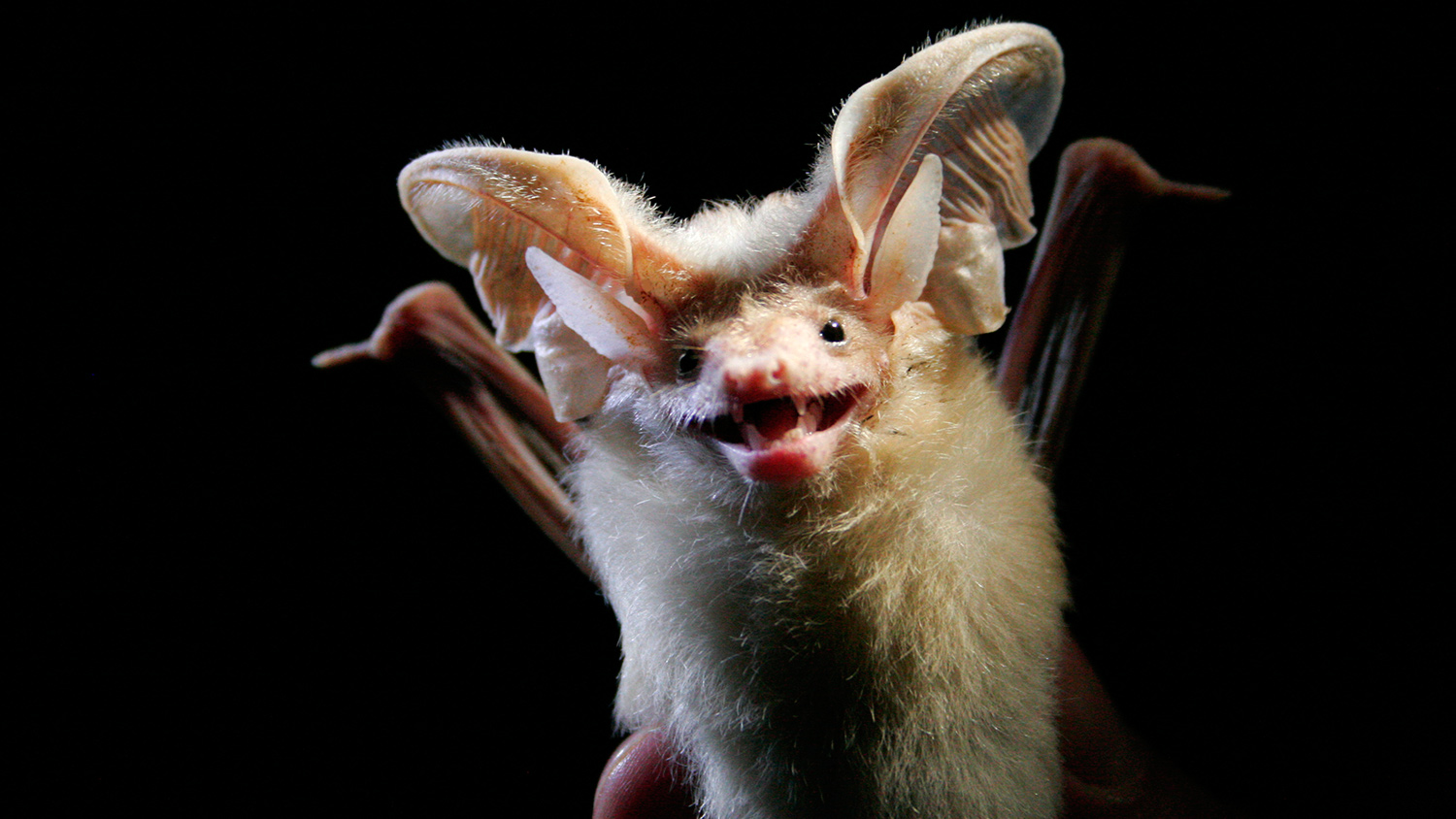Big-eared bats could help drones fly more efficiently
I'm Batdrone

Swedish researchers studying bats at Lund University have discovered that species with oversized ears use them to stay in the air for longer - a finding that could have implications for autonomous aircraft.
It had previously been thought that the big ears of certain bat species impeded their flight, but that the better hearing they gained was an evolutionary trade-off worth making. Christoffer Johansson Westheim and his colleagues, however, found that the ears actually provide lift.
"This distinguishes the long-eared bats from other species that have been studied and indicates that the large ears do not merely create strong resistance, but also assist the animal in staying aloft," said Westheim.
During experiments in a wind tunnel, trained bats flew through thin smoke to reach a stick with food on. When a laser beam was shined on the smoke, the precise movements of its particles showed how much force was being generated by the beating of the bats wings.
Forward Motion
Along the way, Westheim and his colleagues were able to discover how bats generate forward motion while flying slowly - a task often required of drones. The forward motion is generated by the wings when they're held high and away from the animal's body.
"This specific way of generating power could lead to new aerodynamic control mechanisms for drones in the future, inspired by flying animals", said Westheim.
He added: "Flight control at low speed is very challenging. We think that this might be an important contribution to control mechanisms for drones."
Sign up for breaking news, reviews, opinion, top tech deals, and more.
Image credit: Charlotte Roemer // CC BY-SA 3.0
